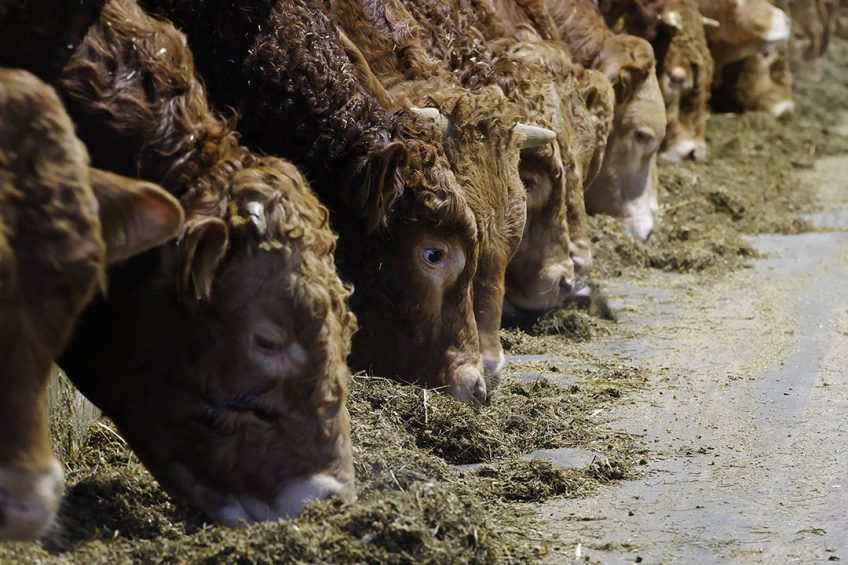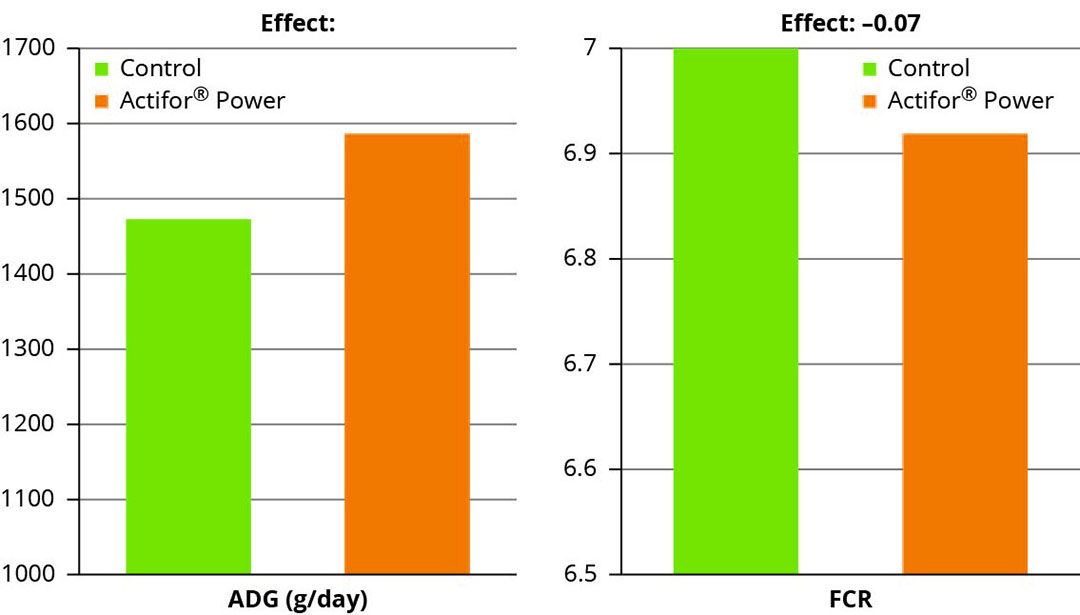Phytogenics improve the energy efficiency of ruminants

The efficiency of energy utilisation in ruminants co-determines the profitability of meat production, as well as its environmental impact.Through genetic selection and the development of new technologies and methodologies the efficiency of ruminants converting feed energy into meat for human consumption can be improved.
The efficiency of energy utilisation in ruminants is a major determinant of the profitability of meat production, as well as its environmental impact. This is why it has long been a concern for animal nutritionists and farmers. Through genetic selection and the development and application of new technologies and methodologies, animal scientists and producers have improved the efficiency of ruminants converting feed energy into meat for human consumption.
Energy efficiency
Ruminants depend on microorganisms, through rumen fermentation, for digestion. During rumen fermentation, bacteria produce by-products that can affect the efficiency of digestion. Furthermore, ruminants have a high maintenance requirement compared to other livestock (more than 50% of their feed intake). When comparing meat production through raising cattle to that involving other livestock, simple energetic efficiency is typically lower due to their reliance on forage and fibrous co-products as feeds and the role of fermentation in their digestion. Furthermore, fat and meat deposition are more energy expensive than milk production, leading to some differences even among ruminant animals.
Metabolic disorder: Acidosis
Feeding high-concentration diets favours growth in beef cattle, but an excessive amount of rapidly fermented starch could result in subacute ruminal acidosis (SARA). This intensive feeding system requires good control of ruminal fermentation since beef cattle diets are very low on fibre, impacting chewing and ruminating activities and saliva production and thus reducing the physiological buffering capacity of the animal. One of the most significant impacts of acidosis in beef cattle is the decrease of dry matter intake, which directly impacts the performance of the animals. This feed depression is linked with ruminal hypomotility by the direct action of the volatile fatty acids (VFAs) since chemical receptors in the epithelium send a feedback signal to the brain to reduce ruminal motility.
In addition, severe liver abscesses, which result from acidosis, may reduce daily gain by 11% and feed efficiency by 9%. Also frequently associated with acidosis is diarrhoea, usually along with undigested feed material. Impaired ruminal function in terms of rumination, bacterial breakdown, and passage leads to changes in faecal aspects.
When formulating diets for beef cattle, we should consider the total amount of starch and the ruminal degradability of cereal grains. We can consider 2 types of starch sources according to the starch degradation rate:
- Fast degradable starch in grains and roots: cassava, wheat, barley and triticale.
- Slow degradable starch in grains and roots: rice, maize, sorghum and potatoes.
Intestinal digestion of starch
As mentioned previously, starch from cereal grains is the primary dietary energy source for highly productive cattle. For most grains, 90% or more of the starch is generally fermented in the rumen. The starch that escapes fermentation and flows to the small intestine may be more resistant to enzymatic digestion. On average, 35% to 60% of starch entering the small intestine is degraded there. However, when it comes to maize and sorghum, it’s different. Due to a slower rate of starch digestion, up to 40% of maize starch can occasionally be found to escape fermentation in the rumen. This should be considered since the capacity of the ruminant small intestine to digest large amounts of starch has been questioned, as a consequence of the low levels of pancreatic amylase, intestinal maltase, and isomaltase, but also because of low glucose absorption. Physical treatments impact the cost of diets but can increase starch fermentation in the rumen and digestibility in the intestine. The most frequent treatments are grinding, pelleting, dry or steamrolling, steam flaking, extrusion, popping, and fermentation.
Figure 1 – Actifor Power trial with 139 Charolais young bulls for 290 days (Italy, 2016).

Phytogenic feed additives in beef cattle
Besides good management and a well-balanced diet, one of the best ways to reduce feed costs and improve the feed efficiency of feedlot cattle is to use phytogenic feed additives. Substances such as saponins, essential oils and spices improve feed efficiency and, therefore, performance in beef cattle.
The unique formulation of Actifor Power has considerable impact on beef cattle performance since the phytogenic ingredients in its composition reduce the starch degradation rate in the rumen and stimulate saliva production. These 2 actions combined contribute to stabilising the physiological conditions of the rumen.
It can also optimise intestinal starch digestion, improve bypass starch utilisation, improve the energy efficiency of beef cattle diets, and reduce losses through faeces. Table 1 illustrates the beneficial effects of this innovative phytogenic solution on fibre and starch digestibility parameters. The conversion of feed energy to final product is an essential determinant of the profitability of meat production. One of the major sources of variation in the conversion of feed energy to net energy (NE) in beef cattle is the extent of feed digestibility. Thus, phytogenic feed additives improve feed digestibility, and therefore feed conversion ratio (FCR, -0.07) and average daily gain (ADG, +114g) as shown in Figure 1. Due to their positive impact on rumen function and animal welfare and performance, phytogenic feed additives are expected to be a relevant tool in ruminant nutrition, featuring profitable natural animal production.
References available upon request.











